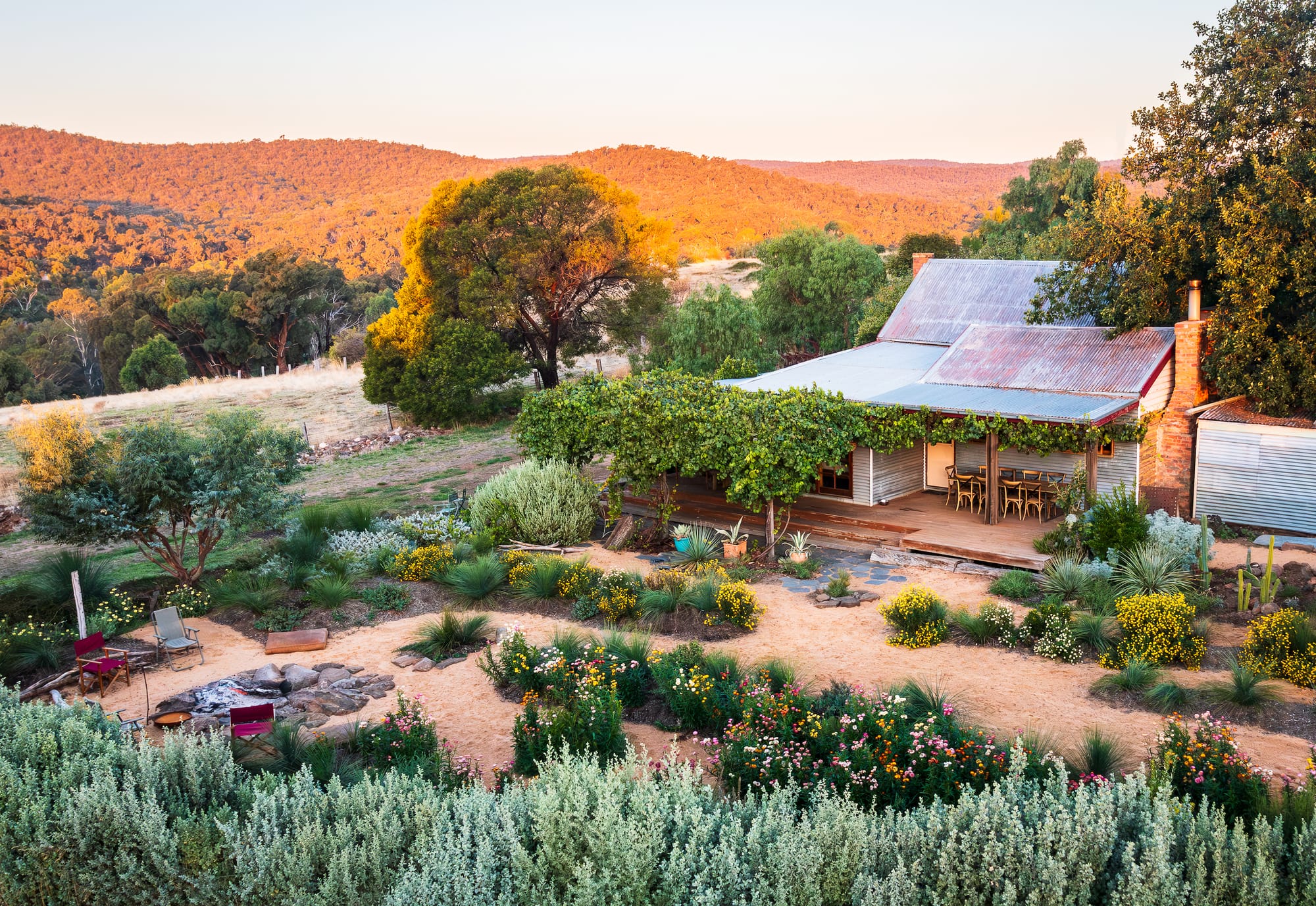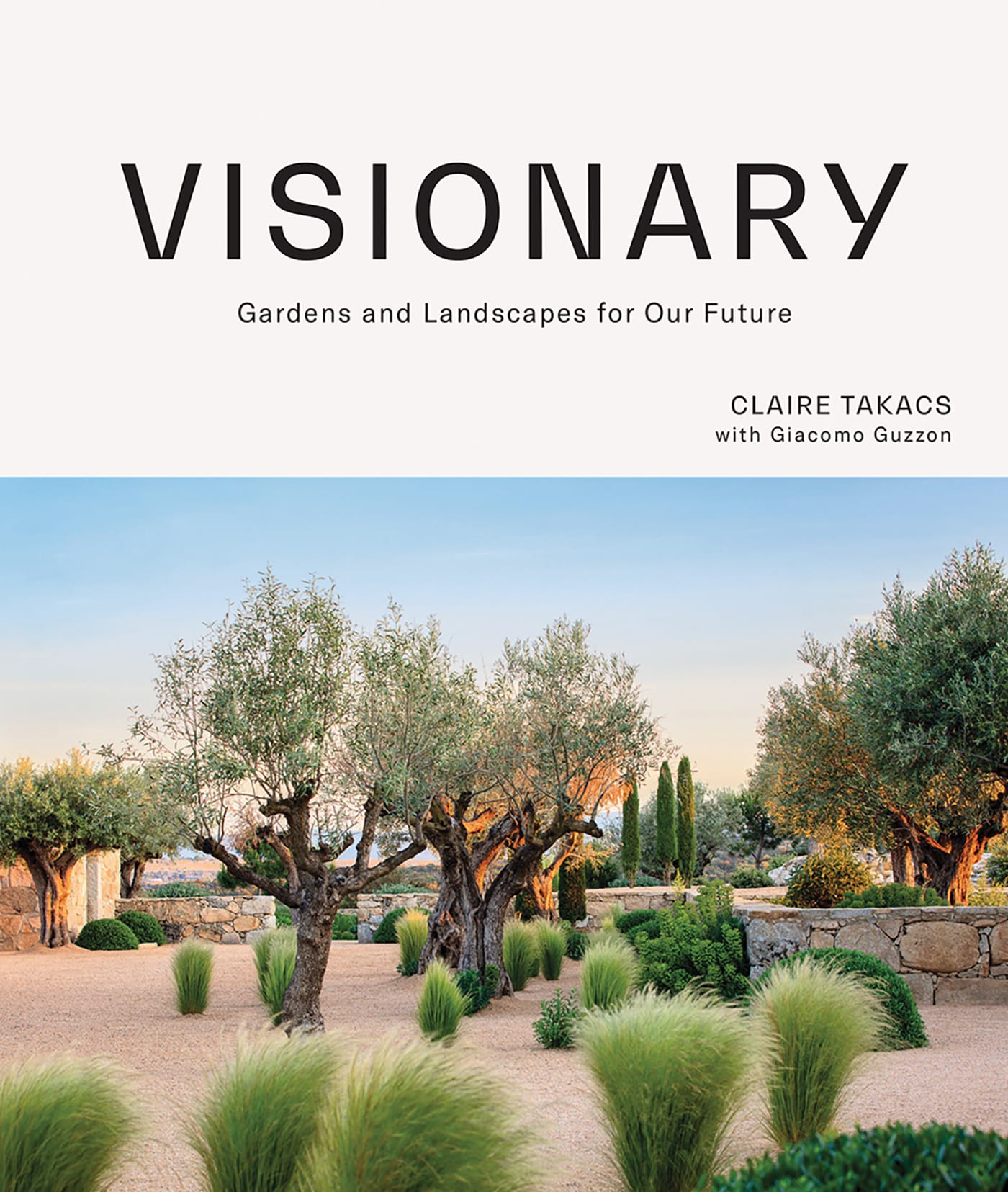
Melbourne landscape designers Michael Wright and Catherine Rush have created a low-budget "creek bed" garden that incorporates smart strategies for long-term success in a challenging, fire-prone environment.
Words Giacomo Guzzon
Photography Claire Takacs
Melbourne landscape designers Michael Wright and Catherine Rush have created a low-budget garden that incorporates smart strategies for long-term success in a challenging, fire-prone environment.
Their weekend home in Glenluce, north-west of Melbourne, experiences extreme climatic conditions: hot summers, prolonged droughts, and regular bushfires.
In front of the tiny west-facing house, helped by their friend, fellow landscape architect Thomas Gooch, they created and built a garden inspired by the wind-shaped dunes of Wyperfeld National Park, western Victoria. Finger-shaped, slightly mounded planting areas, reminiscent of the dunes, are interspersed with elongated, sand-covered paths.
A generous stone fire-pit area – the garden’s focal point, built with local rocks – is positioned to make the most of stunning views of the surrounding area, and, on a clear night, a vast, star-filled sky.

The whole garden is like a giant creek bed capable of acting as a reservoir, covered with a layer of 10 cm of sand, below which there is a geotextile (permeable fabric), and 20 cm of gravel under the paths. Underlying clay soil prevents rapid water infiltration and forms a perfect base for containing stormwater. Buff sand mimics the tones of dry grass covering the paddocks around the property, visually blending the garden with its surroundings, particularly in summer.
Fire retardant plants such as Atriplex nummularia (Australian saltbush) create a native, fire protective buffer between the garden and adjacent paddock, along with the iconic grass tree, Xanthorrhoea ’Supergrass’ a hybrid cross between X. johnsonii and X. glauca. Xerochrysum bracteatum (native drought-tolerant strawflowers, or paper daisies) provide colourful accents for months and self-seed freely. Resilient exotic species from the Mediterranean and US arid regions are planted closer to the house.


Photography by Claire Takacs.
This is an edited extract from Visionary: Gardens and Landscapes for our Future by Claire Takacs, published by Hardie Grant Books. Available in stores nationally, RRP$70.00.
